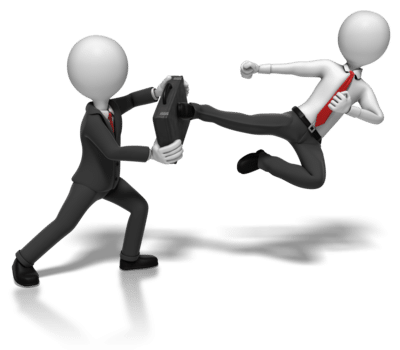10 Dec Organizational Friction: The Grinch Who Stole Your Productivity
WHAT IS ORGANIZATIONAL FRICTION?

All organizations have a certain amount of potential – that potential can be used to create value in the marketplace. Often, that potential is lost to internal friction. Some examples of organizational friction include: CYA emails, excessive documentation, blame shifting, excuse making, hoarding of information, and hidden agendas. Most of the time, these are caused by interpersonal lack of trust, lack of clarity, or competing priorities handled in an unhealthy way.
Some of the symptoms of organizational friction you may see in your organizations are:
- An issue in your organization keeps coming up and never gets resolved. People are spending time arguing/debating over the issue instead of doing something productive.
- Two departments or teams in your organization (for example: marketing and production) are in a constant battle
- Some people just can’t seem to get along – do you notice them taking up an excessive amount of management time with conflict resolution?
What could be accomplished if you reduce the friction in your organization, and shift that time to create value and innovation?
TACKLING ORGANIZATIONAL FRICTION
If you find yourself facing similar behaviors as mentioned above, below is a list of behaviors that will help you tackle organizational friction and increase your organization’s productivity. Working on just one item can have ripple effects and create long-term positive impact.
- Work to build trust and open communication
- Set clear expectations for all communication, behavior, and goals
- Give regular quality feedback
- Define friction-causing behaviors in your organization
- Call out friction as soon as you see it
- Involve your team in defining expectations
- Hold one another accountable for reducing friction-causing behaviors
Our customers reduce friction causing behaviors throughout our work on culture, teams, and talent. What could that mean for you? How about 25% revenue growth year over year due to increased engagement, productivity and quality management? That’s what one customer has seen for the past 3 years as they engaged with us.
Related Articles
Ready to fearlessly provide feedback and get positive results?
Our Fearless Leaders MasterClass® Program will help you develop the emotional intelligence and leadership skills needed to have effective conversations.
Sign up to reduce manager overwhelm and employee turnover.




